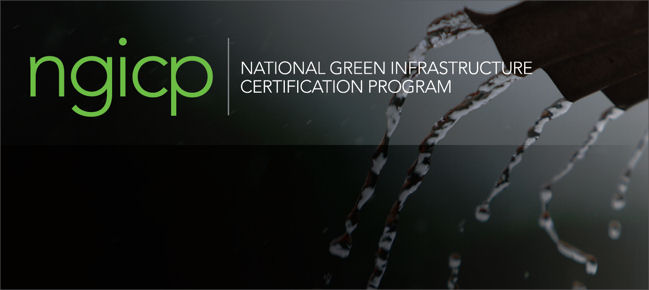On Oct. 21, The U.S. Geological Survey (USGS) and the U.S. Department of Agriculture’s Natural Resources Conservation Service (NRCS) announced a partnership to examine the benefits of agricultural conservation practices on water quality. Working together, the two groups will quantify the benefits of voluntary agricultural practices at a watershed scale. This information will strengthen the effectiveness of state and federal nutrient reduction strategies while protecting the privacy of individual farmers. The agreement was announced at the Mississippi River Gulf of Mexico Watershed Nutrient Task Force Meeting.
USGS will now use NRCS data on conservation work to factor into its surface water quality models, which track how rivers receive and transport nutrients from natural and human sources to downstream reservoirs and estuaries. This information will help provide a more accurate picture of the conservation systems in the watershed that contribute to water quality improvement and will provide crucial information for voluntary nutrient management strategies and watershed planning.
Working together, NRCS and USGS will develop conservation intensity datasets that reflect the value of conservation actions, but do not reveal private information about individual farms, ranches, or forests. Protecting the trust relationship between NRCS, farmers, and their private information protected by law is vital to the continued success of voluntary conservation on private lands.
The conservation intensity products developed through the agreement will provide a uniform representation of conservation activities for use in water quality assessments at local, regional and national scales. Technical assistance providers will therefore have the assurance that they are using consistent and accurate information on conservation activities and a common platform for discussing conservation benefits.





